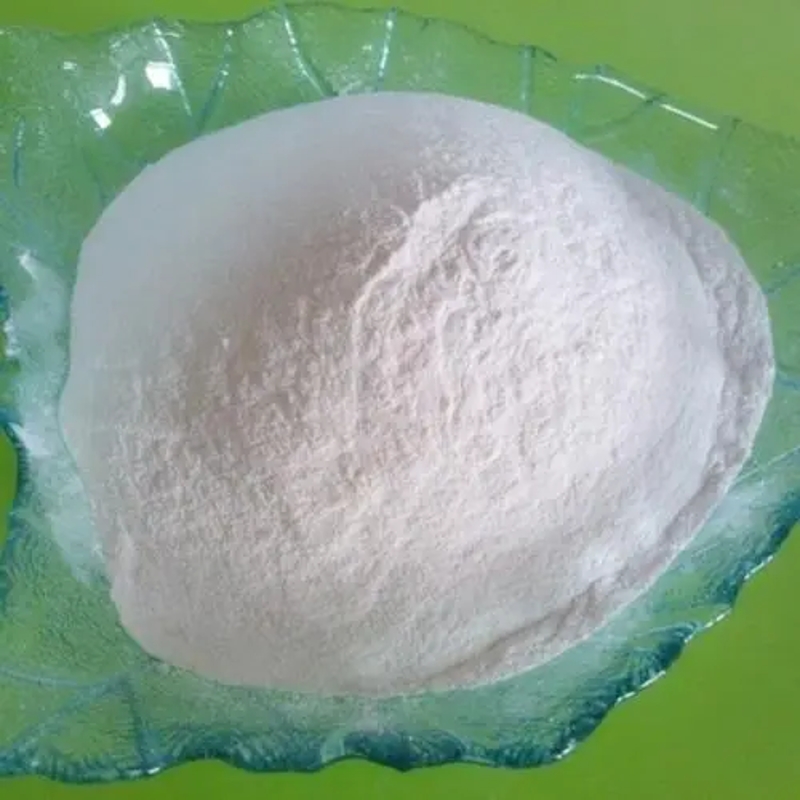-
Categories
-
Pharmaceutical Intermediates
-
Active Pharmaceutical Ingredients
-
Food Additives
- Industrial Coatings
- Agrochemicals
- Dyes and Pigments
- Surfactant
- Flavors and Fragrances
- Chemical Reagents
- Catalyst and Auxiliary
- Natural Products
- Inorganic Chemistry
-
Organic Chemistry
-
Biochemical Engineering
- Analytical Chemistry
- Cosmetic Ingredient
-
Pharmaceutical Intermediates
Promotion
ECHEMI Mall
Wholesale
Weekly Price
Exhibition
News
-
Trade Service
About 1.
5 million people worldwide are infected with the hepatitis B virus every year, and a study titled "Presence of Intact Hepatitis B Virions in Exosomes" published in the international journal Cellular and Molecular Gastroenterology and Hepatology Scientists from institutions such as the Paul-Ehrlich Institute in Germany have identified a previously unknown new route for hepatitis B virus to flow out of cells, and in the article, researchers observed intact hepatitis B virus particles
in extracellular vesicles (exosomes) for the first time.
Exosomes are small vesicle structures that cells release into the surrounding environment as a means of transport or as a protective
covering.
Hepatitis B is the most common infectious disease in human history, which is caused by the hepatitis B virus, which can induce acute and chronic hepatitis, and about 300 million people worldwide suffer from chronic hepatitis B, and hepatitis B is also directly related
to the increased risk of cirrhosis or hepatocellular carcinoma.
About 900,000 people die globally each year from HBV, and serological evidence even suggests that about 2 billion people have been or are currently infected with HBV, which is transmitted
mainly through the blood but also through other body fluids, such as saliva and tears.
Despite the approval of safe and effective vaccines, HBV still poses a major problem affecting human health, and many countries with a high epidemic burden do not have effective vaccine strategies or lack vaccine supplies, and a complete cure for chronic hepatitis B infection is a medical challenge
.
Researchers now have a lot of insight into the life cycle of hepatitis B virus, but there are still some that have not been fully elucidated, such as which mechanism can promote the virus to leave the cell, like all viruses, hepatitis B virus needs to be released from the cell to multiply and infect other cells, and a number of studies have shown that some viruses actually exist in exosomes, these extracellular vesicle structures can be released by cells into the surrounding environment, and they can also be used as cellular communication and molecular
。
For the first time, a new way
for hepatitis B virus to leave infected cells with exosomes was identified.
Image source: Cellular and Molecular Gastroenterology and Hepatology (2022).
DOI:10.
1016/j.
jcmgh.
2022.
09.
012
In this study, the researchers investigated whether hepatitis B virus can camp exosomes as a means of transporting them from cells, and it is not clear whether this is a mechanism used by hepatitis B virus; The researchers then isolated exosomes from the cell culture supernatant of human liver cells producing the hepatitis B virus, and found typical exosome markers and hepatitis B virus markers that can be separated from the fragments containing free virus, so that it can be determined whether the hepatitis B virus is actually present in exosomes, which are viral particles
located outside the cell.
The researchers gradually released intact hepatitis B virus particles from exosomes with the help of detergents, which dissolve exosome membrane structures
.
Therefore, the researchers observed that inhibiting the morphogenesis of exosomes in the laboratory may damage the release of exosome-wrapped hepatitis B virus, in addition, electron microscopy results also confirmed the presence of intact hepatitis B virus in the exosomes examined, and the researchers also found the presence of
hepatitis B virus surface protein LHB (large hepatitis B virus surface antigen structure) on the surface of exosomes.
The presence of this protein may allow hepatitis B virus-susceptible cells wrapped in exosomes, and researchers have also observed hepatitis B virus uptake by exosomes in cells that are not normally susceptible to hepatitis B virus infection, although it is not very efficient
.
Current data suggest that some intact hepatitis B virus particles can be released as exosomes, a pathway for release of hepatitis B virus that researchers have not previously discovered, and although hepatitis B, C and hepatitis E viruses are completely different, they can use this pathway to leave cells
.
In summary, the results of this study suggest that a subset of intact hepatitis B virus may be released from cells in the form of exosomes, which may reveal a novel release pathway
for hepatitis B virus that has not been described by scientists so far.
Original source:
Qingyan Wu,Mirco Glitscher,Susanne Tonnemacher, et al.
Presence of Intact Hepatitis B Virions in Exosomes, Cellular and Molecular Gastroenterology and Hepatology (2022).
DOI: 10.
1016/j.
jcmgh.
2022.
09.
012







